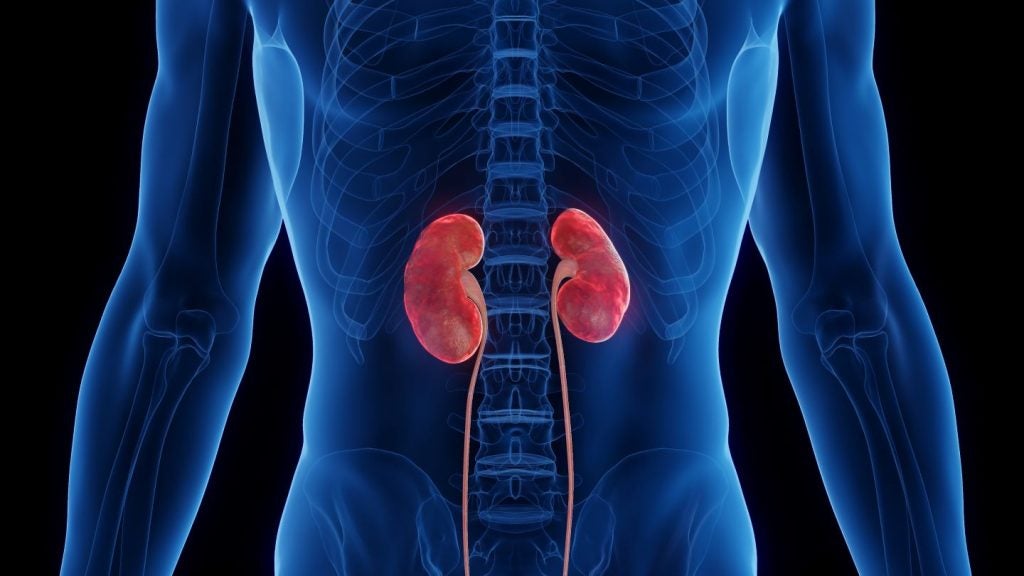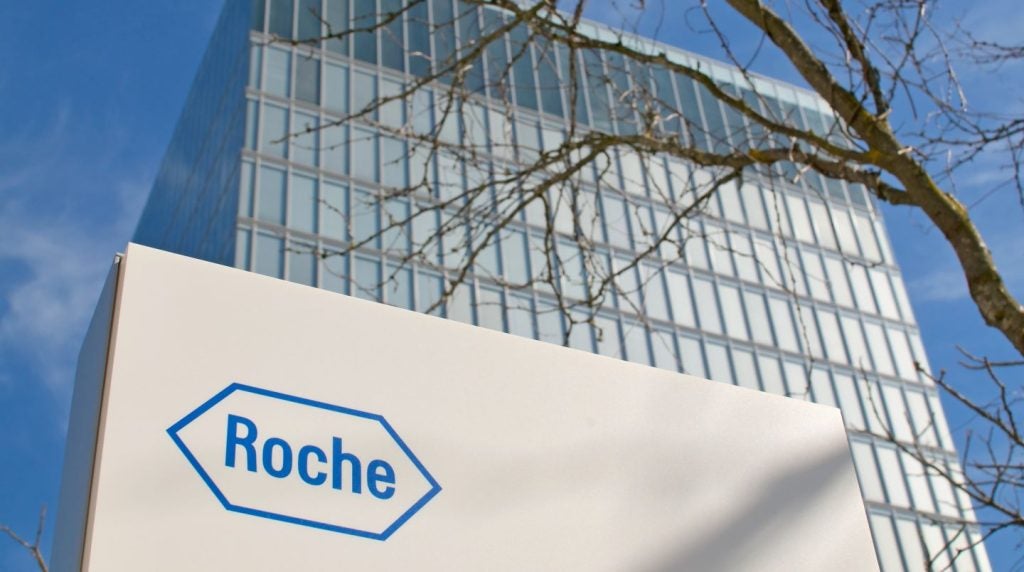
Sanofi has reported positive results from the Phase III LixiLan-G clinical trial of its Soliqua in adults living with type 2 diabetes inadequately controlled with GLP-1 receptor agonist (GLP-1 RA) therapies.
The trial met its primary objective of a statistically superior decrease in average blood sugar level (HbA1c) after 26 weeks of treatment with Soliqua, compared to continuing GLP-1 RA therapy.
A daily or once-weekly GLP-1 RA treatment was used as comparator during the study.
According to the results, more participants who switched to Soliqua had HbA1c levels below 7%, an ADA recommended target, compared to subjects who continued using GLP-1 RA therapy.
More subjects who switched to Sanofi’s therapeutic also achieved the composite endpoint of HbA1c below 7% without documented low blood sugar levels (symptomatic hypoglycaemia).
In the trial, the safety profile was consistent with the established profiles of the therapies studied, with the most common adverse events being gastrointestinal events and hypoglycaemia.
How well do you really know your competitors?
Access the most comprehensive Company Profiles on the market, powered by GlobalData. Save hours of research. Gain competitive edge.

Thank you!
Your download email will arrive shortly
Not ready to buy yet? Download a free sample
We are confident about the unique quality of our Company Profiles. However, we want you to make the most beneficial decision for your business, so we offer a free sample that you can download by submitting the below form
By GlobalDataSanofi Diabetes Medical Affairs global head Rachele Berria said: “As the first comparison between Soliqua and both daily and weekly GLP-1 RA treatments, this study provides physicians with new data that they could use when considering Soliqua as a part of a personalised treatment plan.”
The Phase III trial enrolled 514 patients inadequately controlled on a GLP-1 RA and metformin. The primary objective of the study was superior HbA1c decrease when treated with Soliqua, compared to continuation of the previous GLP-1 RA, after 26 weeks.
The trial also monitored secondary objectives, including overall efficacy and safety.
Patients who received Sanofi’s drug were followed for an additional 26 weeks. The company said that findings from this extension period will be reported later.






